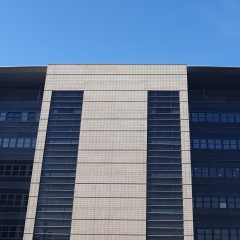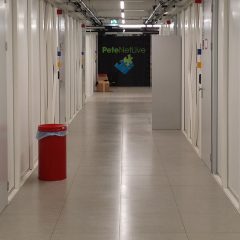Remote Desktop Services: RDS Sizing Calculations
KB ID 0001753 Problem This is a horrible subject to find any decent information on. Microsoft are typically ‘vague’ and most people are stuck with using trial and error, or massively overestimating hardware to be on the safe side. I get asked this occasionally and, just like Microsoft, it’s a question I don’t like to answer! People are reticent to tell you that you need ‘x’ amount of CPU and...
Remote Desktop Services: Can’t Remove Dead Server
KB ID 0001415 Problem I was doing some RDS work for a client today, and it would seem that at some time in the past their RDS Licensing server had died, it had been replaced, and everything was working OK. But when I was adding roles to the new servers, this kept popping up; The following server in this deployment are not part of the server pool 1. Server-Name The servers must be added to the server pool. I could have ignored the...


